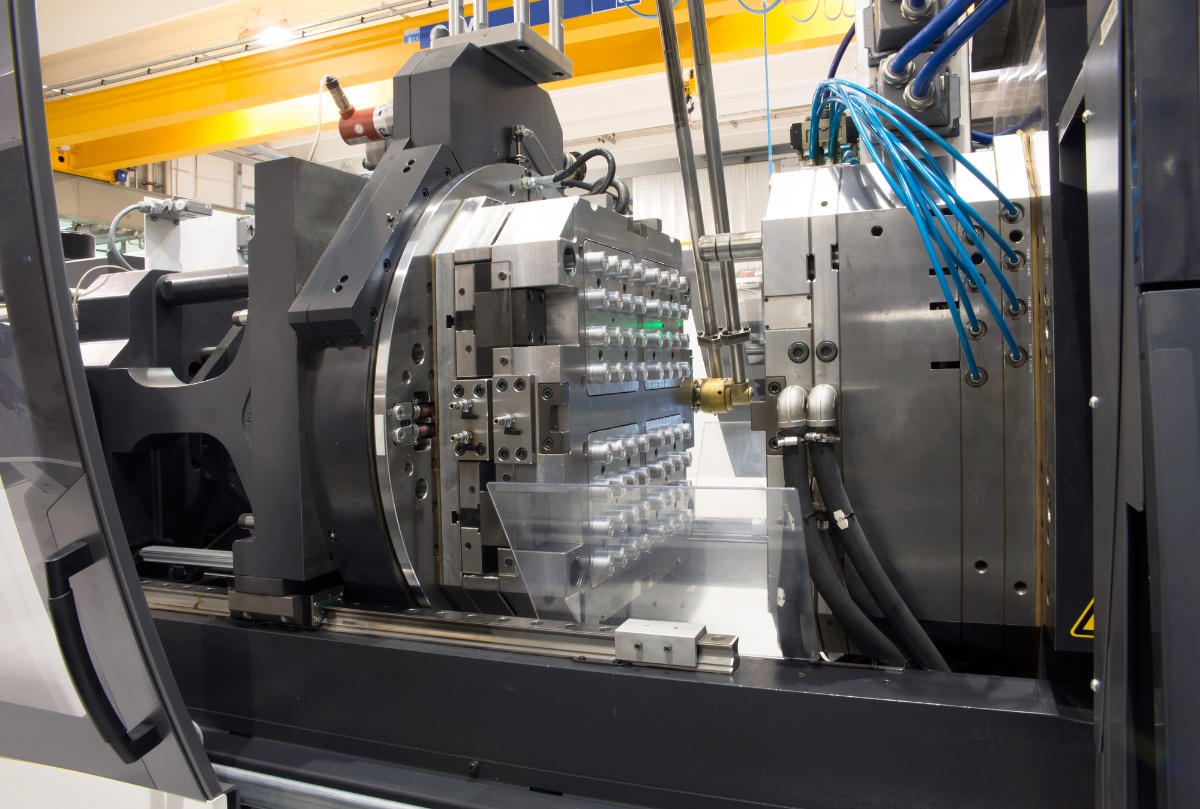PEEK is a polymer that revolutionized the world of materials science. PEEK is known for its versatility and ability to be processed through various manufacturing techniques. It is widely used in multiple industries, including aerospace, automotive, oil and gas, and medical.
What is PEEK?
PEEK which is an abbreviation for polyetheretherketone is a type of high-performance thermoplastic polymer or sometimes referred to as an engineering plastic, that is classified as a member of the polyaryletherketone family. It is known for its excellent mechanical properties, chemical resistance, and thermal stability.
PEEK Chemical Structure and Properties
PEEK has a linear and symmetrical molecular structure consisting of repeating units of 4,4'-difluorobenzophenone and biphenyl-4,4'-diol. This gives it a high degree of crystallinity, making it semi-crystalline. Strong intermolecular forces such as hydrogen bonding, van der Waals forces, and pi-pi interactions hold the polymer chains together. These strong bonds contribute to its excellent mechanical and thermal properties.
PEEK has a high melting temperature (Tm) of around 343°C, which allows it to maintain its mechanical properties at high temperatures. It also has a high glass transition temperature (Tg) of approximately 143°C, which means it has good dimensional stability and stiffness at elevated temperatures. PEEK is also highly resistant to chemicals such as acids, bases, hydrocarbons, and radiation, making it suitable for harsh environments. Additionally, it has low water absorption and excellent wear resistance.
